There are numerous photographs from the 1960s that have become classic representations of protest and the political and social discord of that generation. While the United States struggled with the quagmire of Vietnam, assassinations of political leaders, and civil rights, there were some people who unwittingly became symbols of peace. I can think of the iconic young couple standing up under a blanket in the early morning hours of Woodstock, photographed by Burk Uzzle (b. 1938). I consider that picture, which was used on the cover of the famous Woodstock album, to be one of the top ten images of the 1960s.
 National Mall Protest, Flower Power, October 21, 1967. Photograph © Bernie Boston.
National Mall Protest, Flower Power, October 21, 1967. Photograph © Bernie Boston.
 National Mall Protest, Flower Power, October 21, 1967. Photograph © Bernie Boston.
National Mall Protest, Flower Power, October 21, 1967. Photograph © Bernie Boston.Another iconic, but perhaps lesser-known, image is the turtle-necked, blonde young man placing carnations into the gun barrels of helmeted National Guardsmen at a war protest on the National Mall in Washington, DC. That historic picture was snapped on October 21, 1967, by photographer Bernie Boston. The idea of handing out flowers at protests was first perpetuated by beatnik writer Allen Ginsberg, who said in a 1965 essay titled “How to Make a March/Spectacle,” that flowers handed out to the oppressors would serve as a lasting symbol of the peace movement.
It was quite by accident that this photograph found its way into this week's post. What led me to this picture was my discovery of some highly graphic and interesting scrapbooks on the blog of the Museum of Contemporary Art Denver. I have long been aware of MCA’s director Adam Lerner, who wrote the fabulous book From Russia with Doubt, which I reviewed here in 2013.
As it turns out, these fanciful and embellished scrapbook pages were created by the same man in the iconic “Flower Power” photograph, George Edgerly Harris III (1946–1982), who later went by the name Hibiscus. Though there has been some minor controversy as to the identity of the young man in the photograph, Harris himself said it was him, and his family and experts agree. And here is where the photograph and the MCA scrapbooks, known as the “Hibiscus Scrapbooks,” come together.
Harris became one of the leaders of the San Francisco-based, psychedelic, gay liberation theater troupe known as The Cockettes, in the early 1970s. The Cockettes were flamboyant drag performers and entertainers who festooned themselves in vintage dresses, glitter, and jewelry, and performed late night musical performances for San Francisco’s gay community.
Below are selected pages from the scrapbook created by Hibiscus between 1966 and 1968. According to Ann Harris, the scrapbook was a compilation of notes, scores, and studies for his performances, and many of the pages list which performance they relate to.
Hibiscus died in the first wave of the AIDS epidemic on May 6, 1982. His scrapbook is one of the few remaining artifacts from his life.


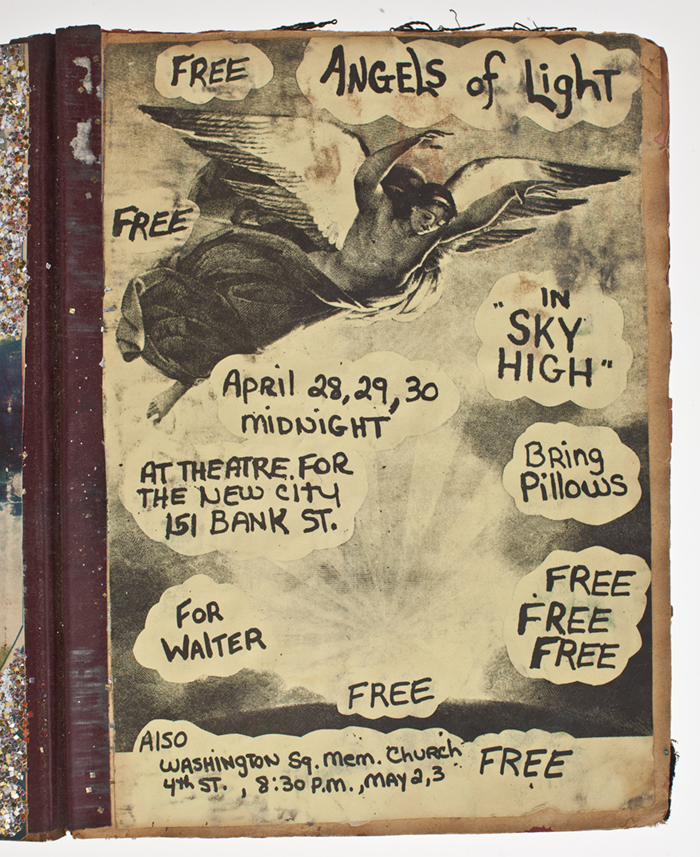
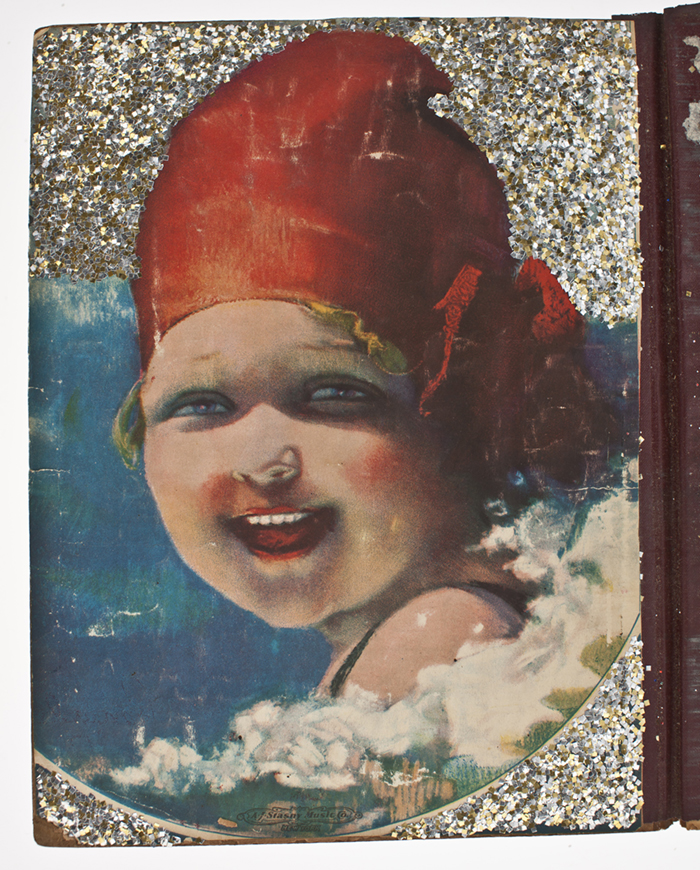
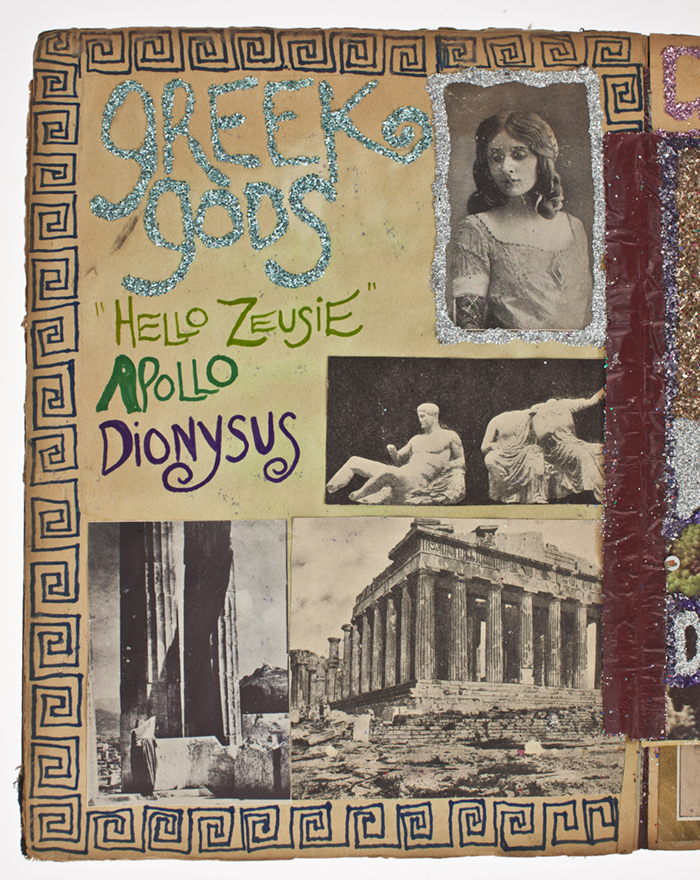
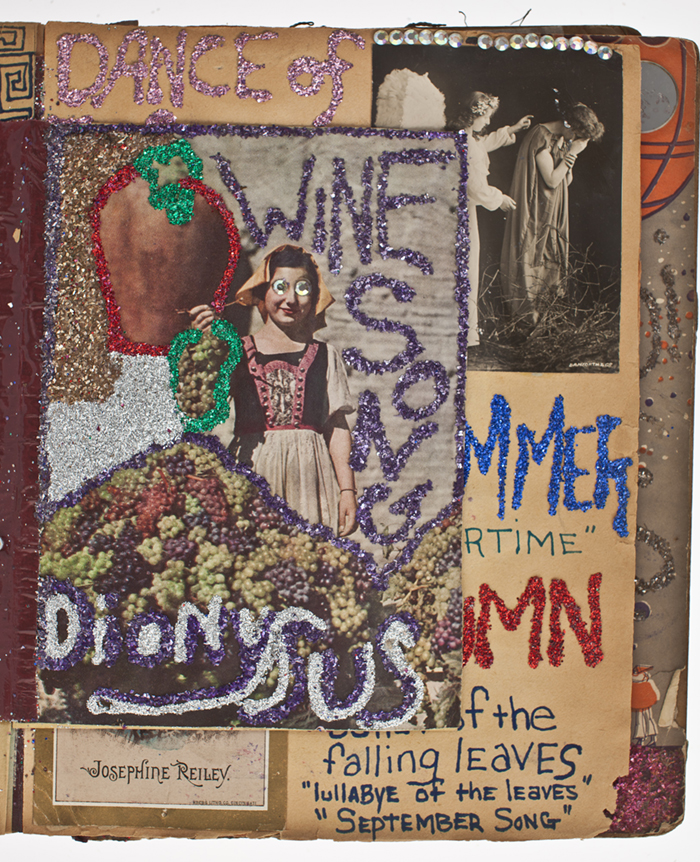
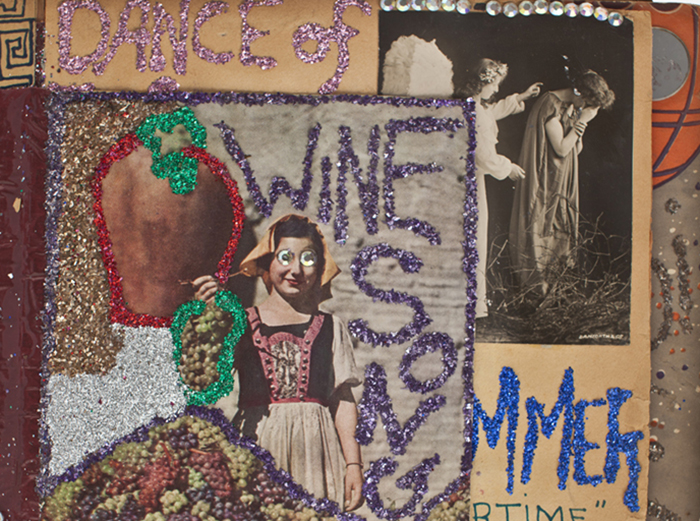
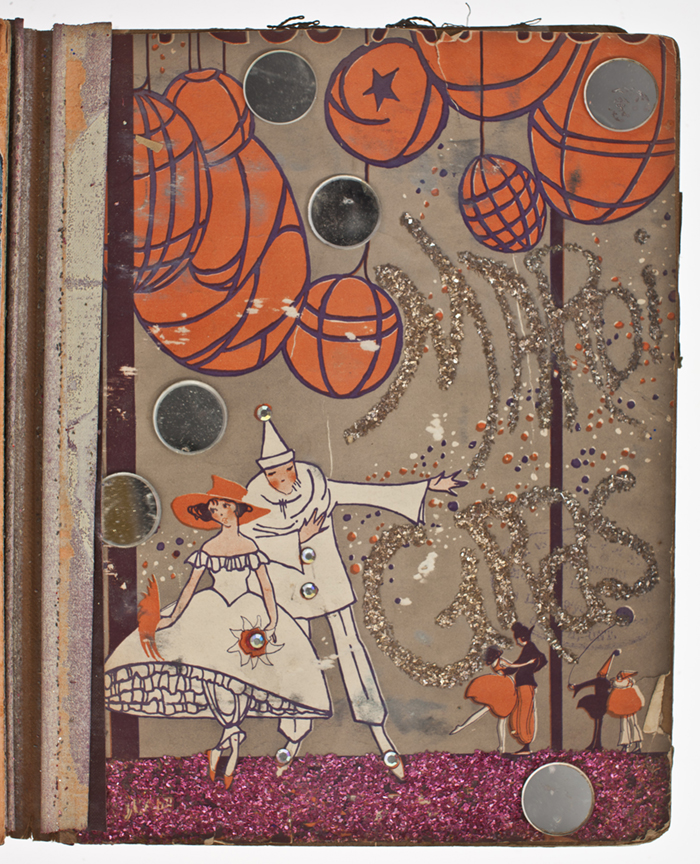
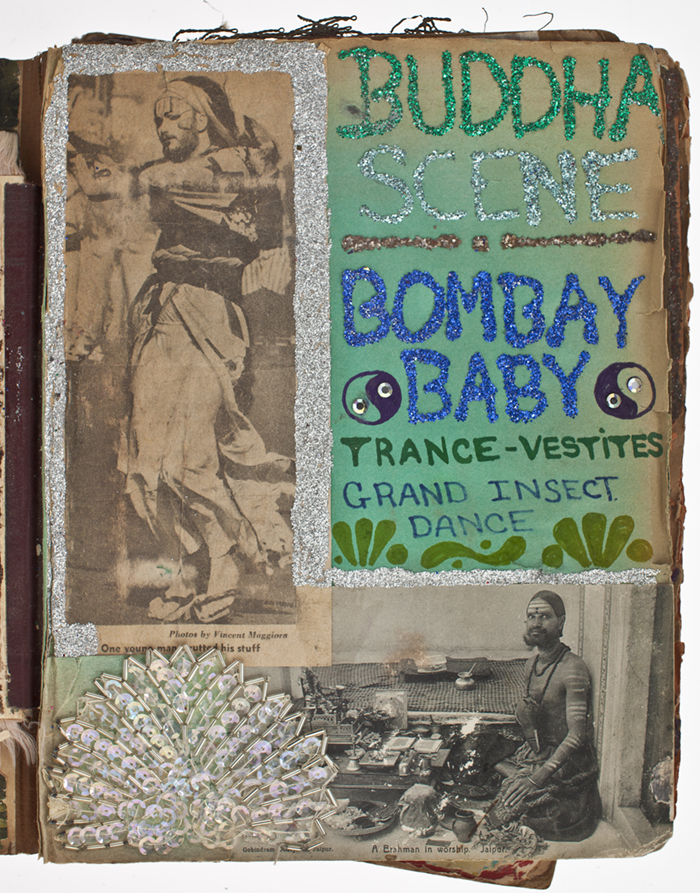
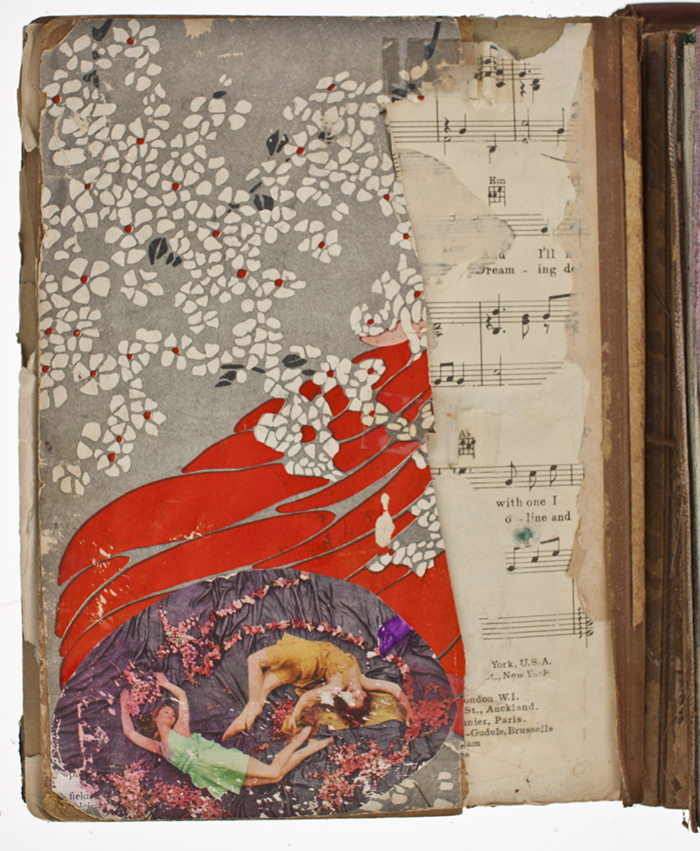
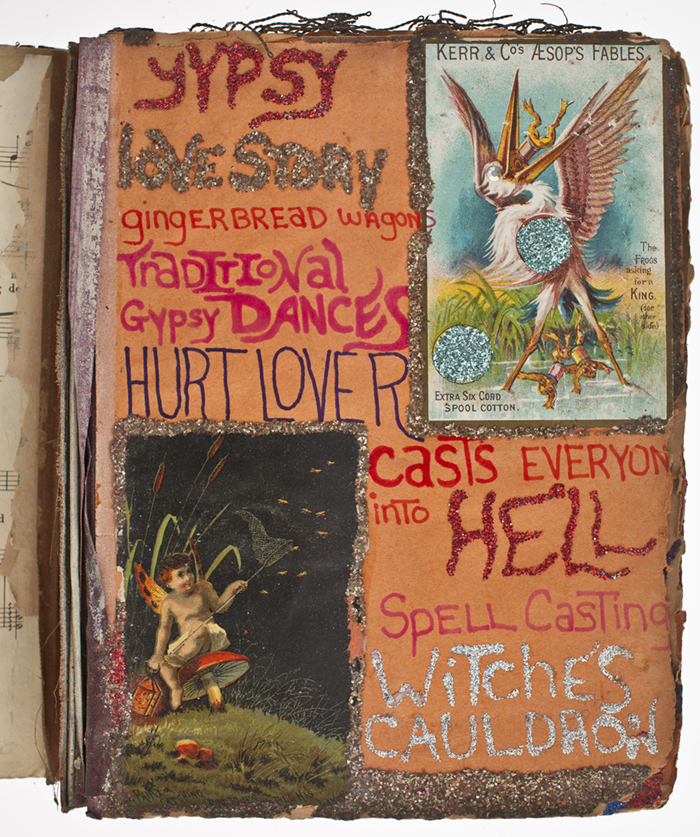
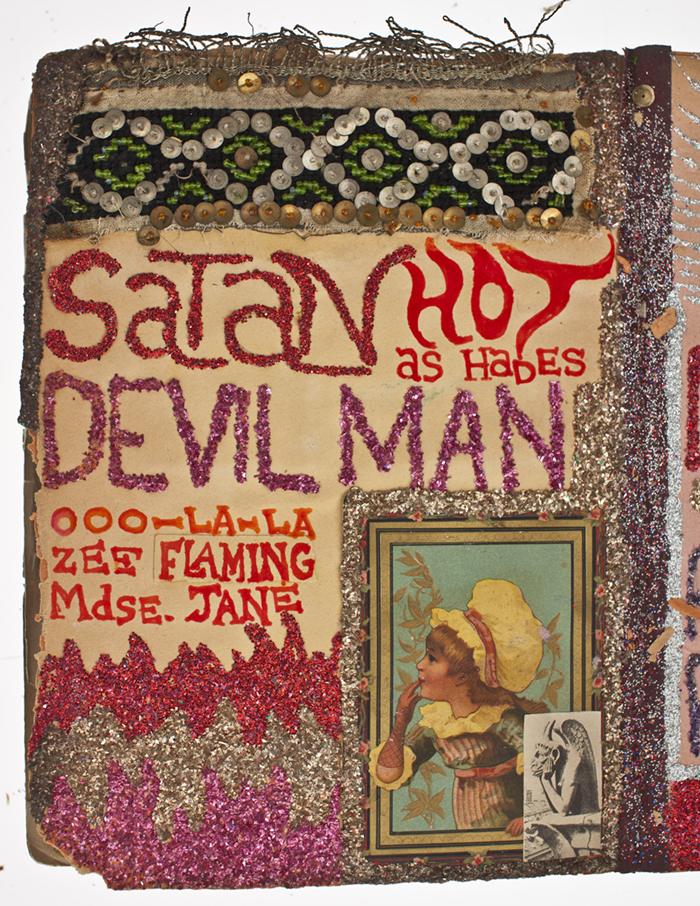
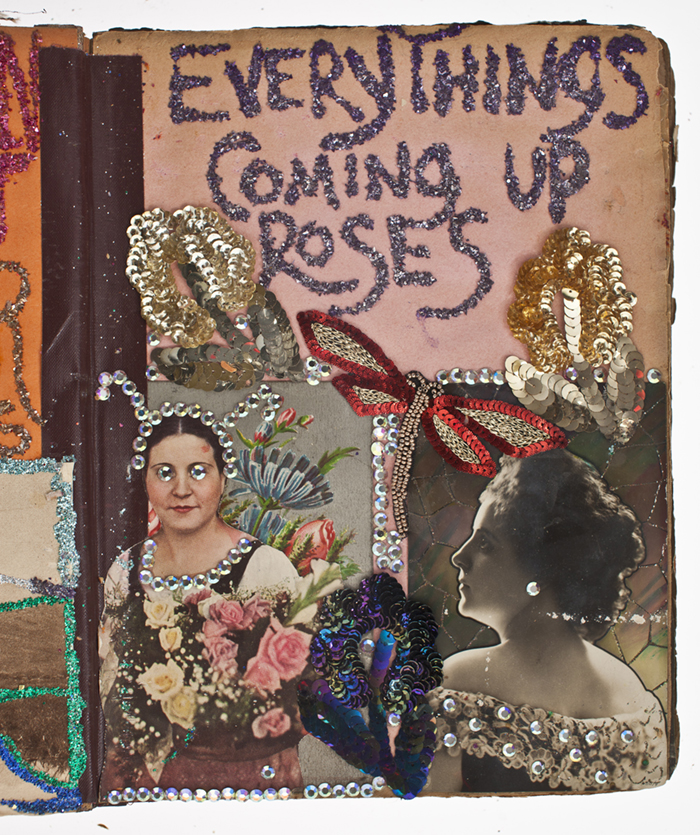
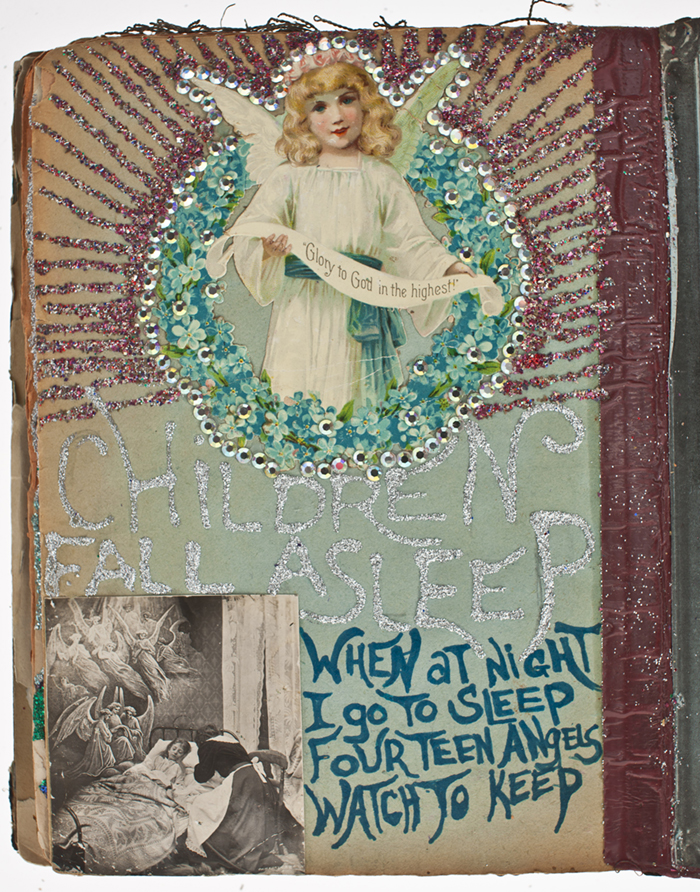

All pages digitally photographed by Richard Peterson, 2011. Courtesy Ann Harris.
